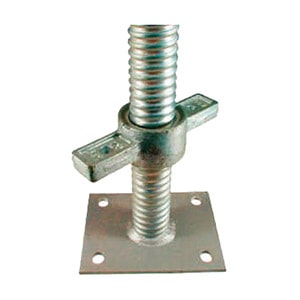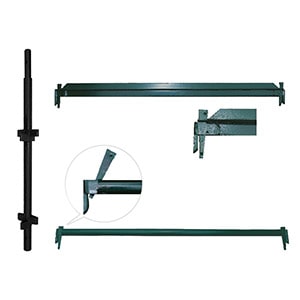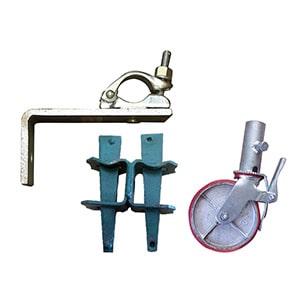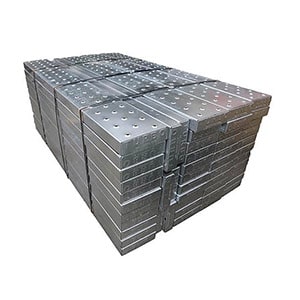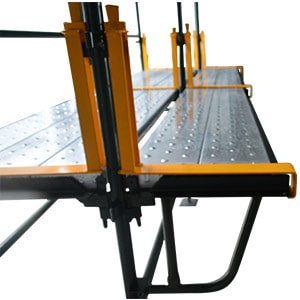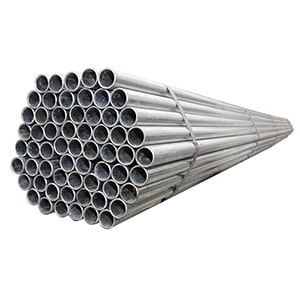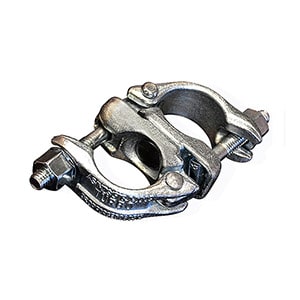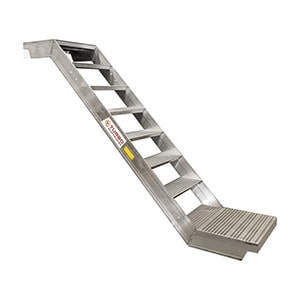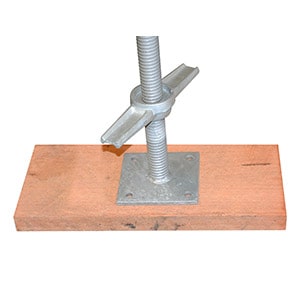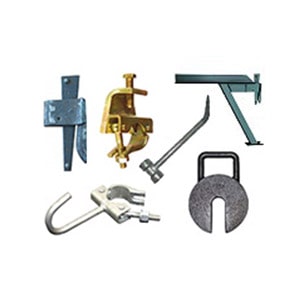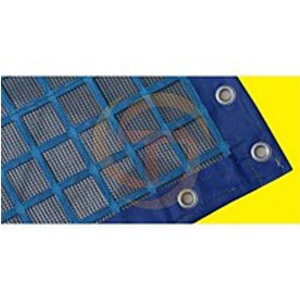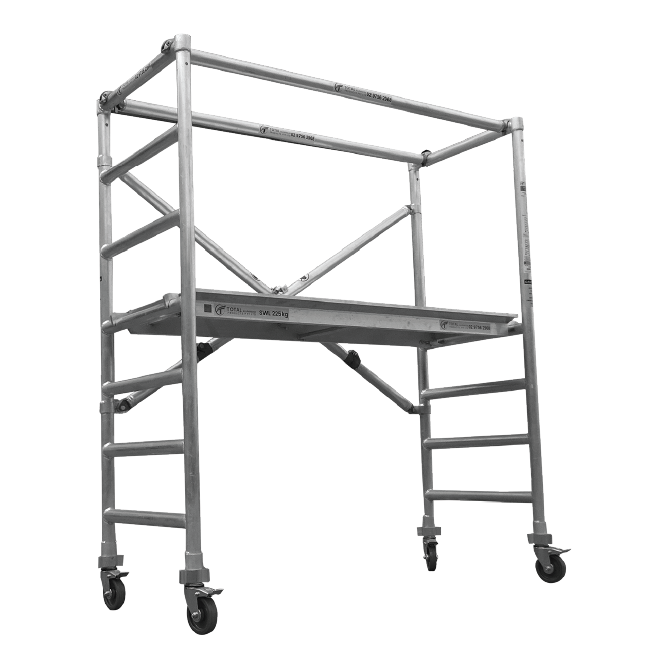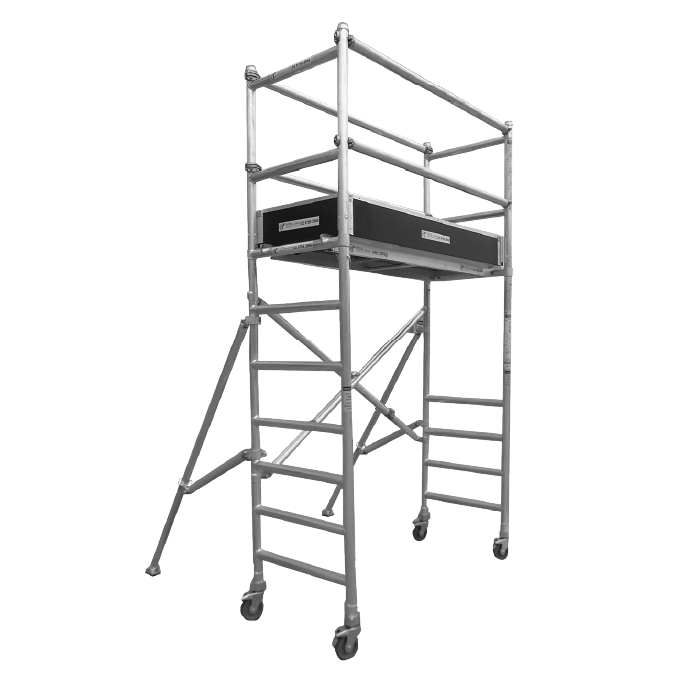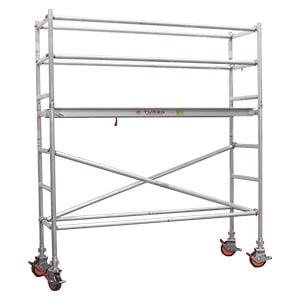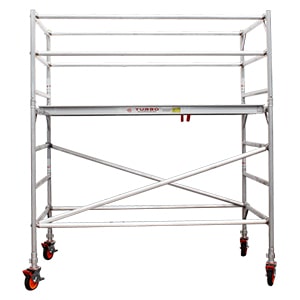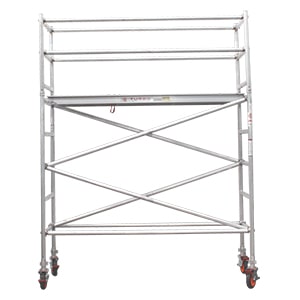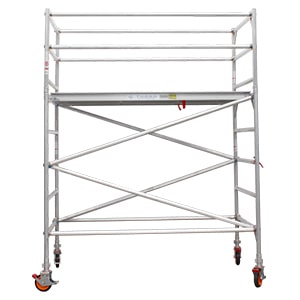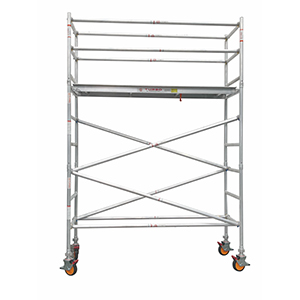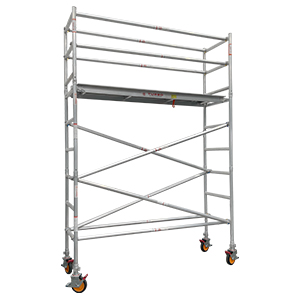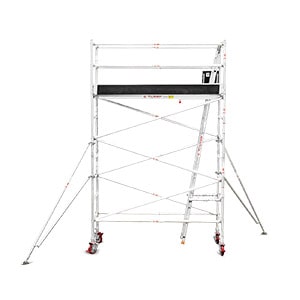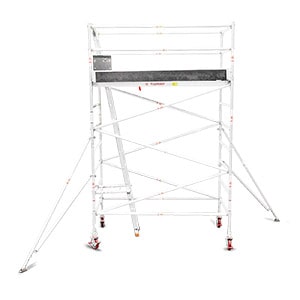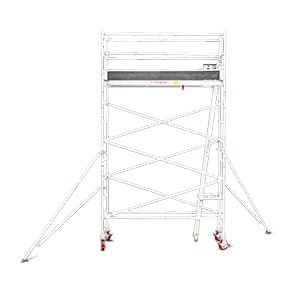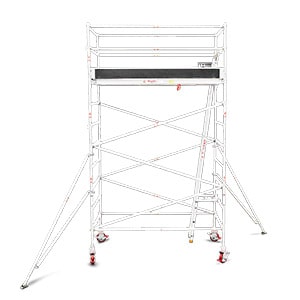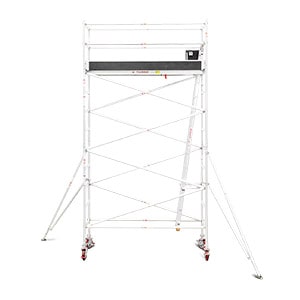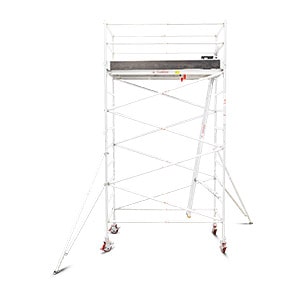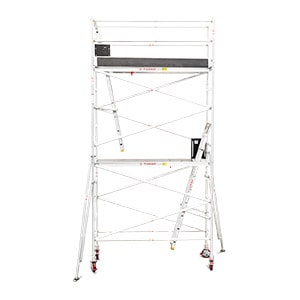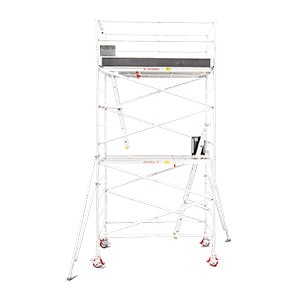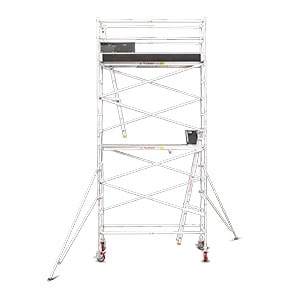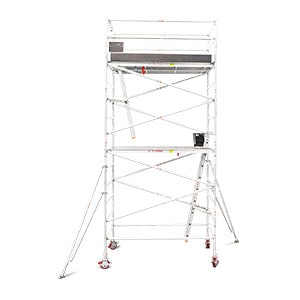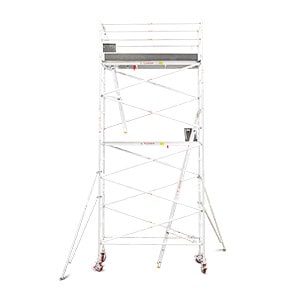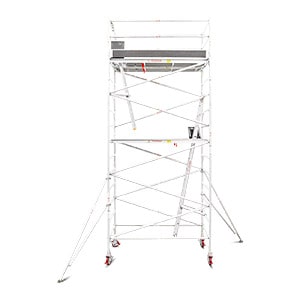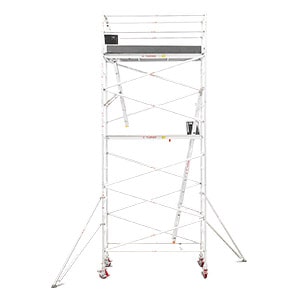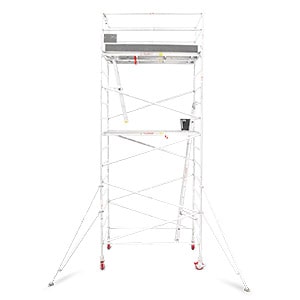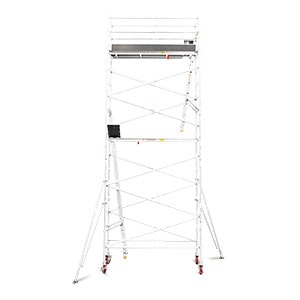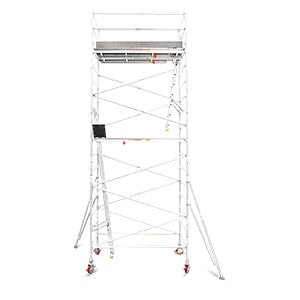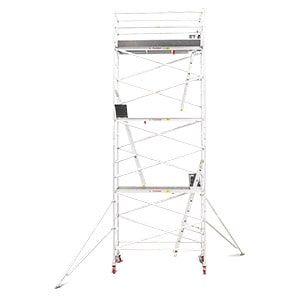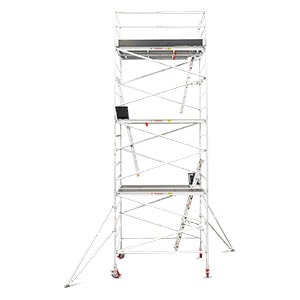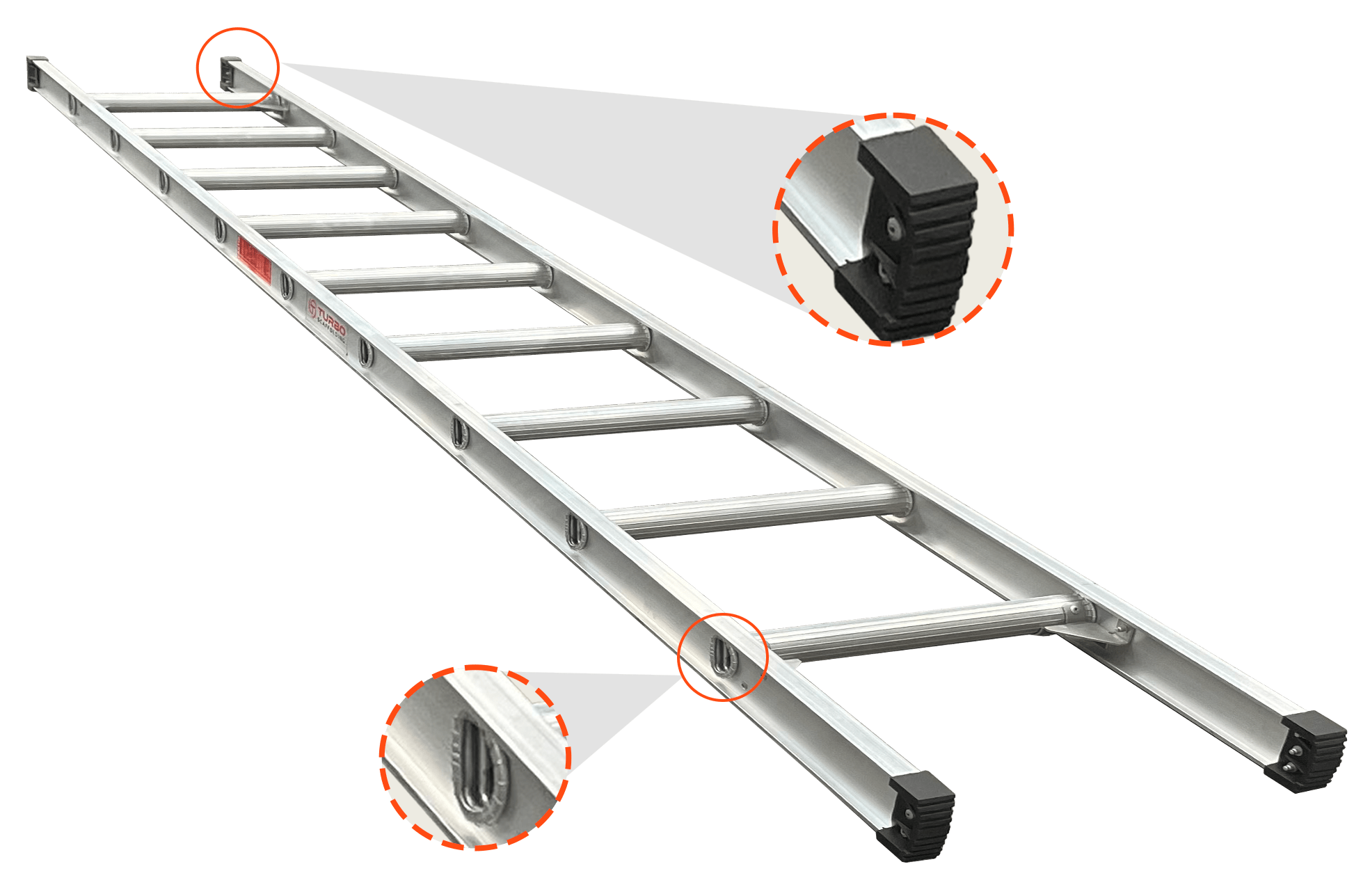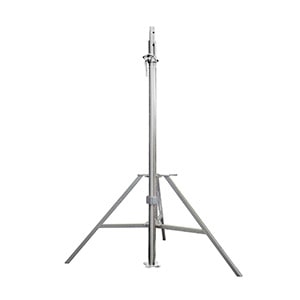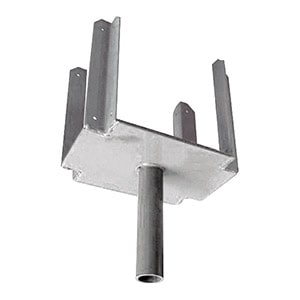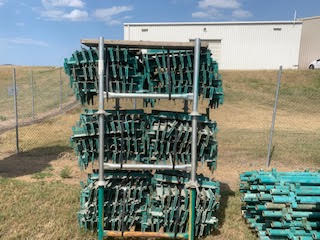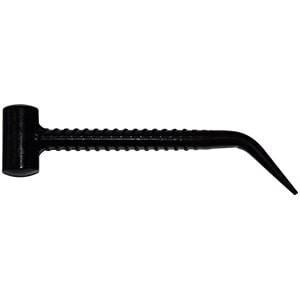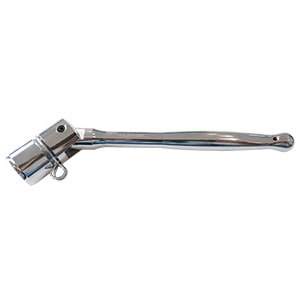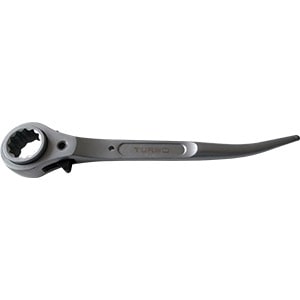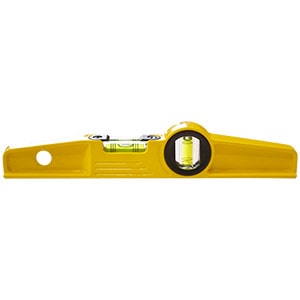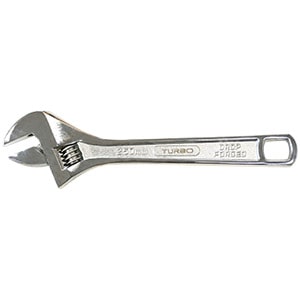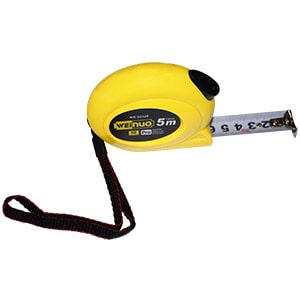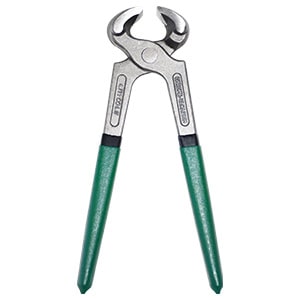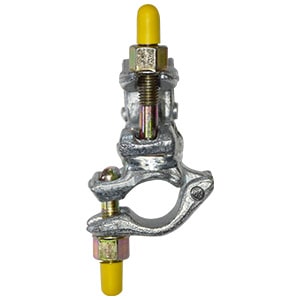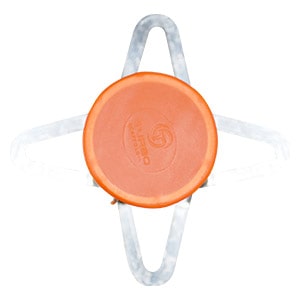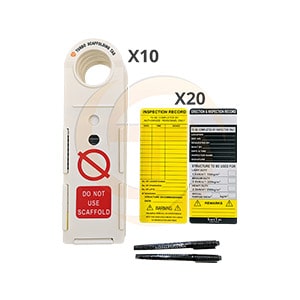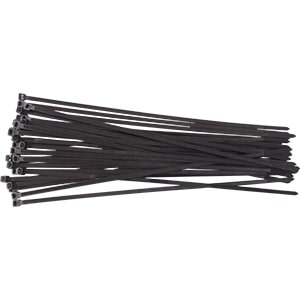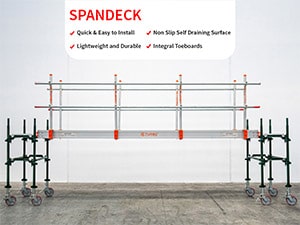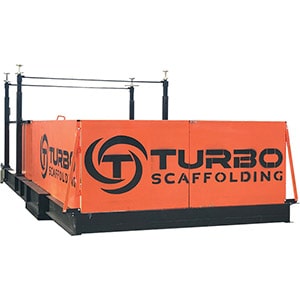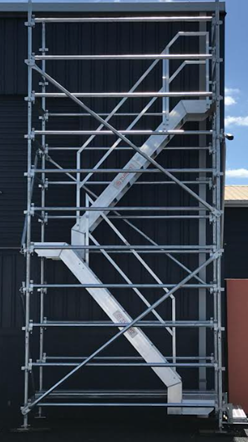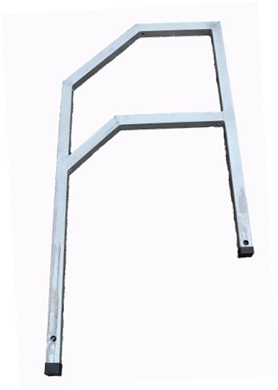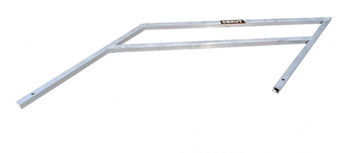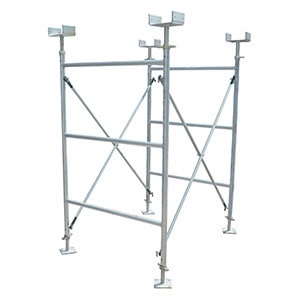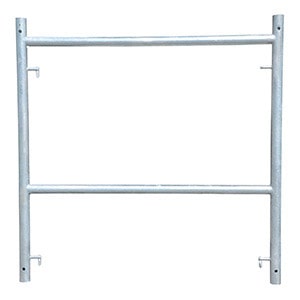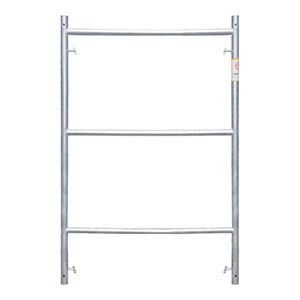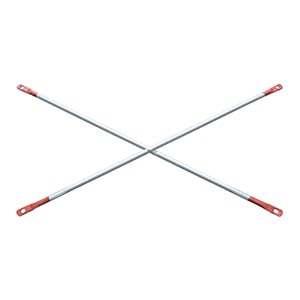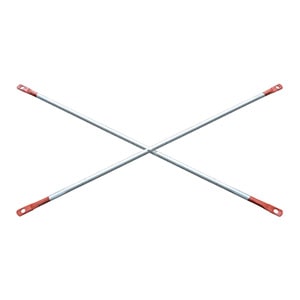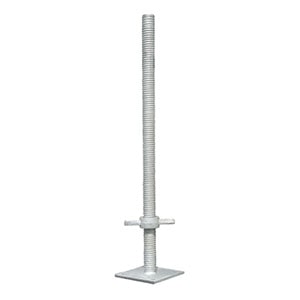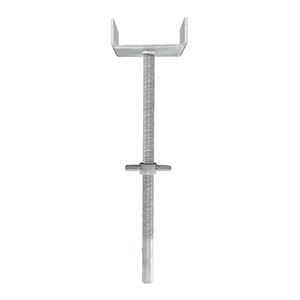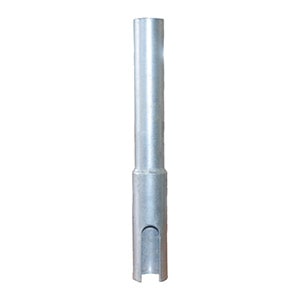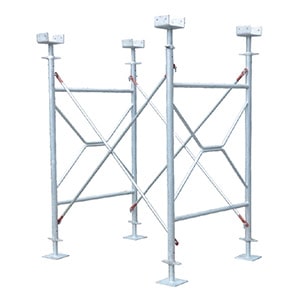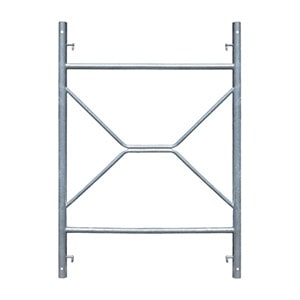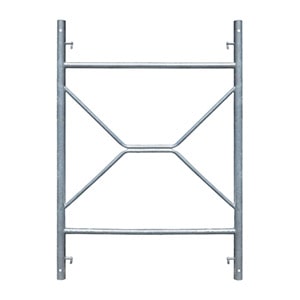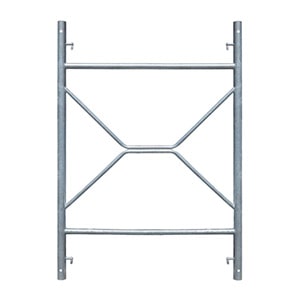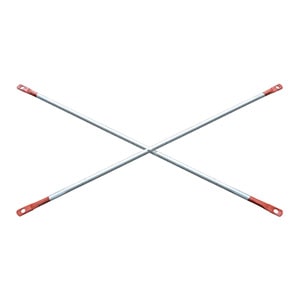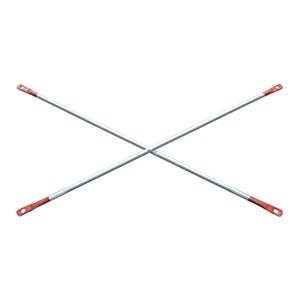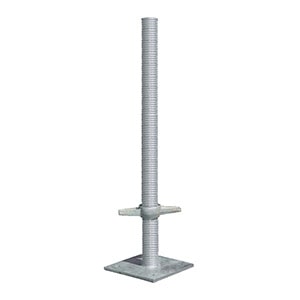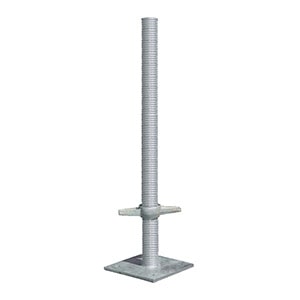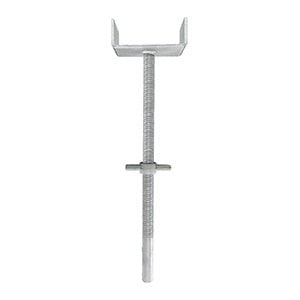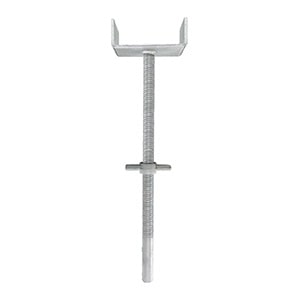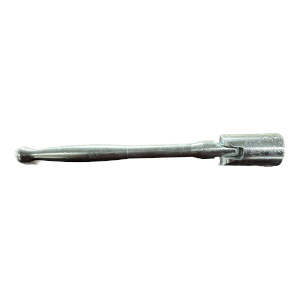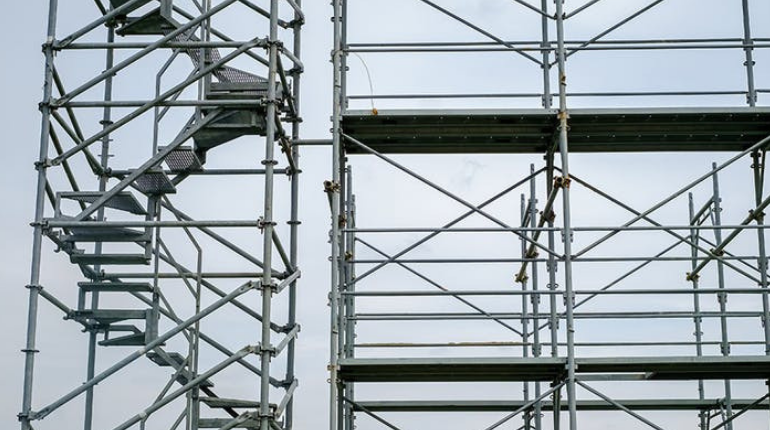You may think that using a scaffolding tower for a small job is a little bit of overkill. WH&S gone mad, but once you really think about the ease of use, safety and flexibility you’ll probably find that a scaffolding tower makes much more sense in the long run.
Do you really need a scaffolding tower?
Well that’s the million-dollar question isn’t it. In the past you really only linked scaffolding to commercial jobs. It was this large structure on the outside of buildings, or up a staircase, but these days there are many forms of smaller scaffold towers, including mobile towers that can be used domestically. These can be erected by almost anyone.
If you’re unsure as to whether you’d benefit from erecting one, you should think about your job, your safety and what you are trying to achieve. Domestically, if you are working at heights and you need to span a greater distance than just one spot, then you may want to consider one. They are easy to erect and provide you with a working platform that you can walk on, and store necessary tools.
If you need to be moving from place to place you could consider a mobile scaffold. That way, you erect it once and as it’s on wheels you can simply unlock the heels and push it to your next location. Also, unlike a ladder, it doesn’t need to lean on anything so if you need to get to say a carport roof, or something that is not directly against a solid object, you can safely do so from a tower.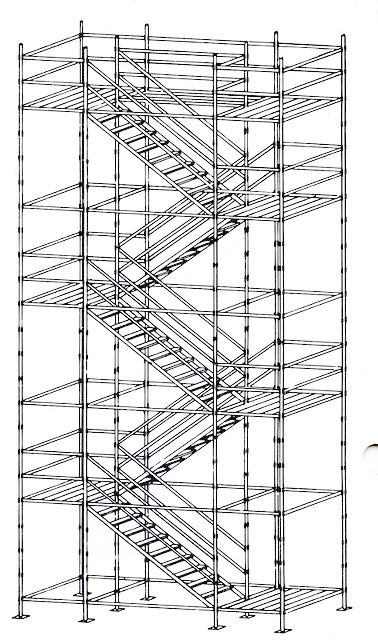
Which one to choose
Once you’ve decided that you definitely need a tower, it’s time to make sure you hire or purchase the correct scaffold for the job. If you have a simple repairs job that’s in one spot you may be able to get a standard scaffolding tower that is erected on even ground and secured in the one spot. If, however you need to be moving along a surface such as painting a ceiling or repairing gutters, you’re going to want to be able to move it without dismantling it first. In that case a mobile tower with wheels on the bottom would be perfect.
Don’t forget to also look at the length and width. Think carefully about how many people need to be working on it at once and if you need room for tools or materials whilst still being able to walk around.
What else to consider
Make sure you speak with an experts and have all your heights and distances on hand so they can help you decide the perfect scaffold tower for your job. Also make sure you check the legislation in your state for the maximum heights you can erect without having a qualified scaffolder on hand. There will be other things you probably haven’t thought about such as clear access, uneven ground, overhead head powerlines or trees. Someone qualified in scaffold can make sure you are getting the correct tower for the job ensuring the right height, width and safety making your next job a breeze.

